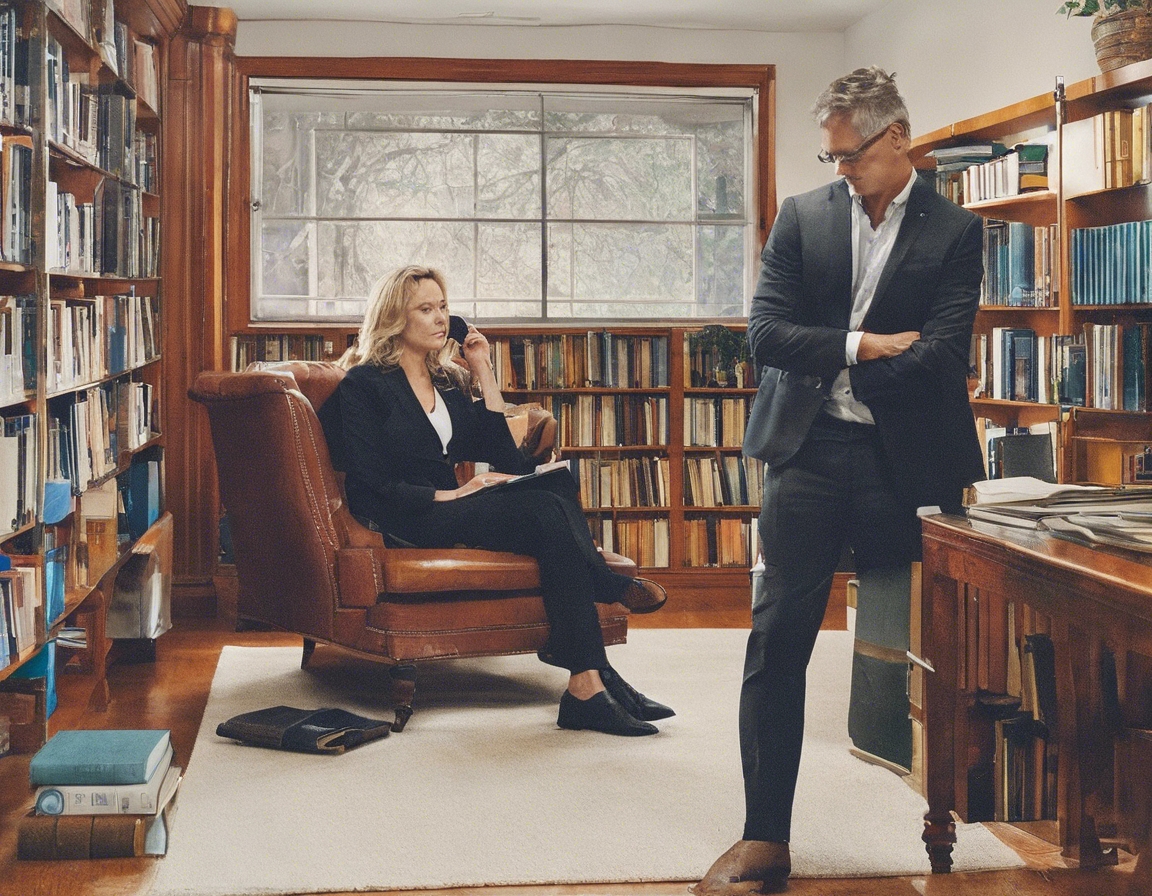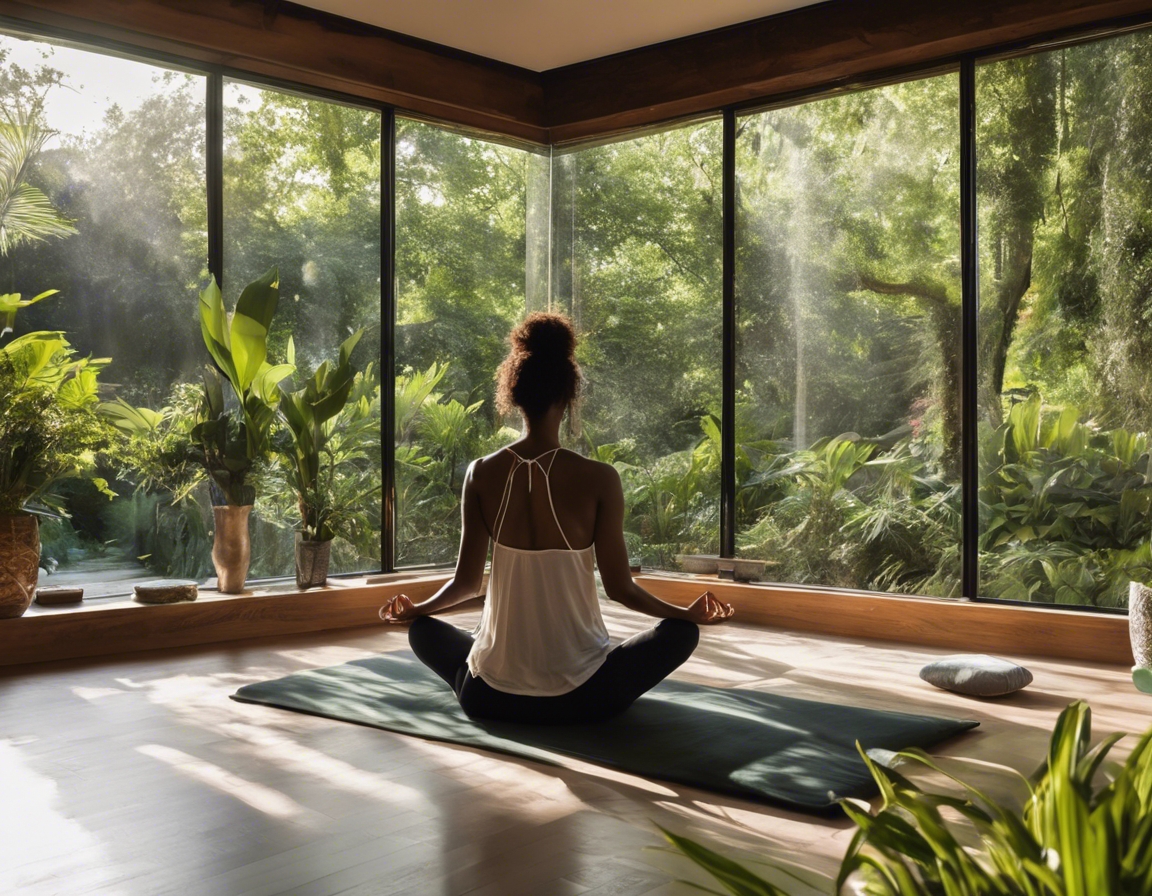The art of classic massage: more than just relaxation
Classic massage, often referred to as Swedish massage, is a time-honored technique that goes beyond mere relaxation. It is a therapeutic art that has been cultivated to address a myriad of physical and psychological concerns, offering a holistic approach to health and well-being.
Originating in the early 19th century, classic massage was developed by Per Henrik Ling, a Swedish physiologist. It combines a scientific understanding of the human body with traditional healing practices, making it one of the most popular and practiced forms of massage therapy worldwide.
Classic massage is grounded in the belief that the body and mind are interconnected. By treating the physical aspects of the body, classic massage aims to create harmony and balance, which in turn promotes mental and emotional well-being.
The Benefits of Classic Massage
From improving circulation and reducing muscle tension to enhancing joint mobility and flexibility, classic massage offers numerous physical health benefits. It aids in detoxification, helps prevent injuries, and can speed up recovery from physical exertion.
The soothing effects of classic massage extend to the mental and emotional realms. It can alleviate stress, reduce anxiety, and even help combat depression by promoting relaxation and the release of endorphins, the body's natural feel-good hormones.
Engaging in regular classic massage sessions can contribute to long-term health and vitality. It encourages a state of relaxation that can lower blood pressure, improve sleep patterns, and support a stronger immune system.
The Techniques of Classic Massage
Effleurage involves long, gliding strokes that warm up the muscles and encourage blood flow throughout the body. This technique sets the stage for deeper work and is essential for easing the recipient into a state of relaxation.
Petrissage consists of kneading, rolling, and squeezing motions that target deeper muscle tissues. It is effective in breaking down knots and relieving areas of tension, promoting better muscle function and flexibility.
Friction techniques involve deep, circular movements that penetrate the deeper layers of muscle tissue, addressing chronic pain and muscle adhesions. This method is particularly beneficial for individuals with repetitive strain injuries or postural imbalances.
Vibration and tapotement are techniques that involve rhythmic tapping and shaking motions. These methods stimulate the nervous system, invigorate the body, and can help to tone muscles.
Classic Massage and Modern Medicine
Classic massage is increasingly recognized by the medical community as a complementary therapy. It can be integrated into treatment plans for conditions such as fibromyalgia, arthritis, and chronic pain, offering a non-invasive approach to pain management.
Healthcare professionals are beginning to acknowledge the role of classic massage in preventive care. By incorporating massage into regular healthcare routines, individuals can maintain optimal health and potentially reduce the need for more invasive treatments.
Personalizing the Massage Experience
Every individual's body is unique, and so should be their massage experience. A skilled therapist will assess a client's needs and customize the massage techniques to provide the most benefit.
The ambiance of the massage room is crucial in enhancing the therapeutic experience. Factors such as lighting, temperature, and sound all play a role in creating a calming environment that complements the physical benefits of the massage.
Learning and Practicing Classic Massage
For those interested in providing classic massage, proper education and certification are essential. This ensures that therapists have a thorough understanding of anatomy, physiology, and massage techniques.
As with any art, mastery of classic massage requires ongoing education and practice. Therapists must stay informed about the latest research and techniques to provide the best care for their clients.





Comments (0)